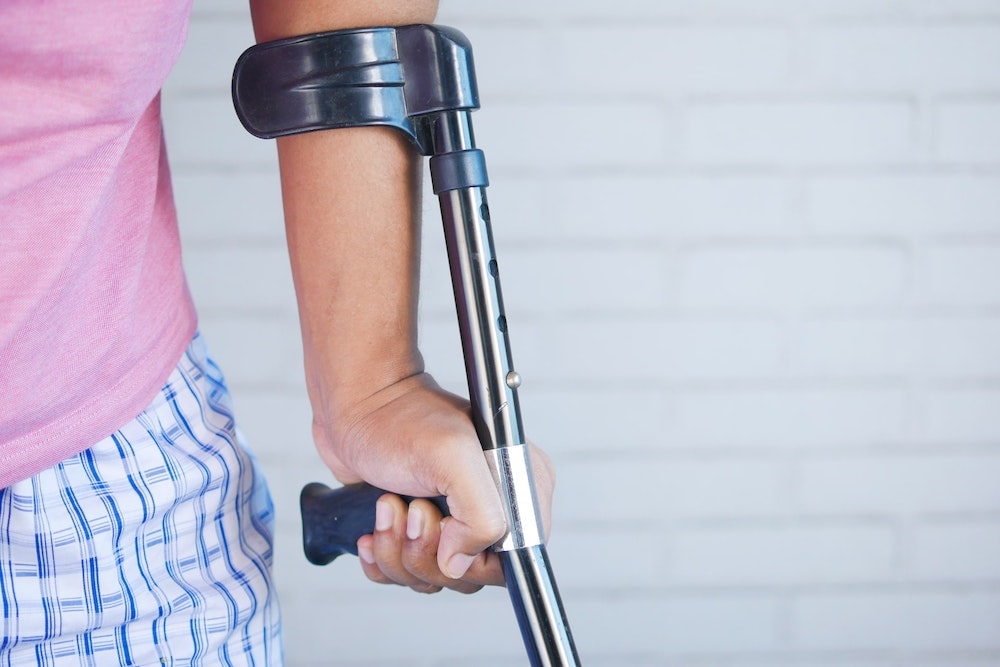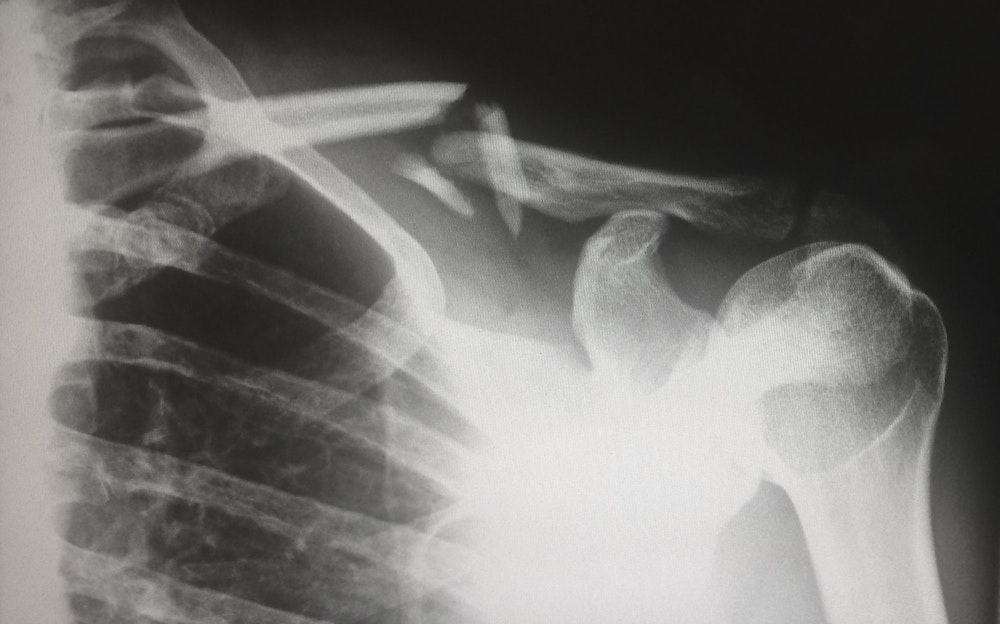Personal injuries, whether physical or psychological, can have a devastating impact on people’s lives. Not only do they cause pain and suffering for the victim but can also lead to financial difficulties as medical bills mount.
Unfortunately, personal injuries are all too common in our society. Whether it is due to car accidents, slips and falls, or workplace incidents; these types of injuries occur every day across the United States. In this article, we will look at some of the most common types of personal injury cases and discuss how victims may be able to seek compensation for their losses.
Dislocations and Sprains
Dislocations and sprains are two of the most common types of personal injury. These injuries usually occur due to accidents or falls and can affect any joint in the body, including the shoulders, wrists, knees, ankles, and hips. Symptoms of dislocation or sprain include swelling, pain, and stiffness around the affected joint.
When a joint is dislocated, it means that the bones have been forced out of their normal positions. Dislocations can range from mild to severe and may require medical attention for proper treatment. In some cases, surgery may be necessary if there is significant damage to the surrounding tissues or nerves.
Sprains occur when the ligaments and tendons around a joint are overstretched or torn. Sprains are usually caused by sudden twisting or stretching of the joint beyond its normal range of motion. Symptoms of a sprain include swelling, pain, bruising, and limited mobility in the affected area. Treatment may involve rest and immobilization of the injured joint while it is healing. In more severe cases, surgery may be necessary to repair the damaged ligaments and tendons.
It is important to seek medical advice promptly if you experience any of the symptoms associated with dislocations or sprains. A personal injury attorney in Manhattan notes that early diagnosis and treatment can help your case if you plan to seek legal compensation for your injury. It is also important to follow your doctor’s instructions for recovery and avoid activities that may worsen your condition.
Fractures
Fractures are one of the most common personal injuries. They are defined as a break, partial or complete, in a bone and can occur from falls, direct blows to the body, repetitive motion, motor vehicle accidents, or any other traumatic event. The treatment varies depending on the type, location, and severity of the fracture. Minor fractures may require immobilization using casts or splints, while more serious fractures may require surgery. People with a fracture symptom should seek medical attention to determine the exact extent of the injury and receive an appropriate treatment plan. Common signs and symptoms of a fracture include pain, swelling, bruising, deformity in the area of the break, inability to bear weight on a leg or arm (if fractured), and numbness or tingling. If a fracture is suspected, it is important to seek medical attention as soon as possible.

Electrical Injuries
Electrical injuries are also among the most common personal injuries. These types of injuries can occur when a person comes into contact with an electrical current, either through direct contact or indirect contact such as being in close proximity to electrically charged objects. Electric shock victims may experience burns, breathing difficulties, and even cardiac arrest. In some cases, these injuries can result in permanent disabilities and even death. It is important to remember that electricity can be deadly and extreme caution should always be taken when working with or around electrical currents. Taking basic safety precautions, such as wearing protective clothing and using insulated tools whenever possible, can help reduce the risk of electric shock injuries.
Burns
Burns can range from minor and treatable at home to severe and require medical attention. Sunburns, scalds, and thermal burns are different types of burn injuries that require varying levels of care depending on the severity of the injury. Sunburns occur due to overexposure to ultraviolet radiation, and typically cause skin redness, itching, and in extreme cases blistering. Scalds occur when hot liquids or steam come into contact with the skin, often resulting in second-degree burns that cause pain and blisters. Thermal burns are caused by direct contact with a heat source such as an oven or fire, which can result in third-degree burns that cause severe damage to the skin, nerves, and other tissues. Treatment for minor burns such as sunburns includes using cool compresses, taking antihistamines for itching, wearing loose clothing to protect the affected area from further irritation and infection, and avoiding direct sunlight. For more serious burns, medical attention may be required.
In conclusion, the most common personal injuries are dislocations and sprains, fractures, electrical injuries, and burns. It is important to seek medical attention as soon as possible if any of these symptoms occur. In some cases, surgery or other medical treatments may be necessary for a full recovery.

